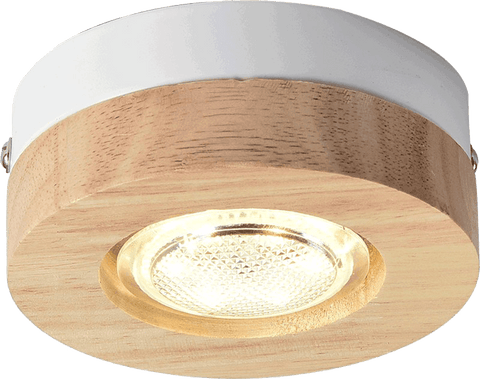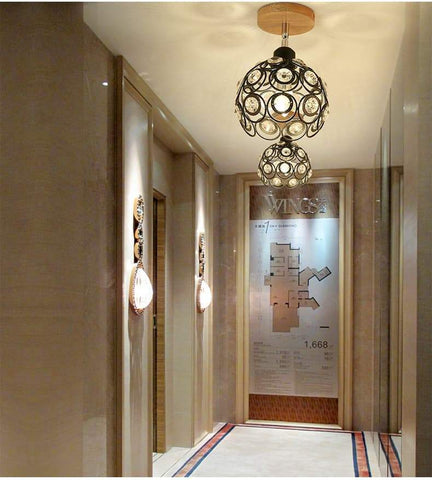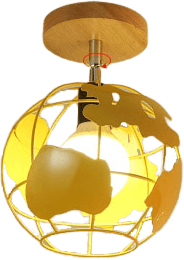
How to put up a shelf Step-By-Step Guide
of reading - words
How to put up a shelf while feeling proud of yourself
Here's a step-by-step tutorial on erecting a shelf on your own.
It's tempting to recommend that you build a new shelf in your house merely to hone your DIY abilities and have something to brag about when you say, "I built that!" Here, we'll look at a simple single shelf with brackets as an example. When putting up a shelf system with long vertical brackets, the same concepts and processes apply (make sure to check out our transperant wall shelf).

You'll require the following equipment;
- Stud finder
- a drill
- wood screws
- a pencil hammer and nail for marking up
- A spirit level is also required.
- Get a level that can be used in both directions and can be used for a variety of tasks around the house.
1. Locate the studs
To hang a shelf on a plasterboard wall, you'll need to find two studs to anchor your shelf brackets (a stud is an upright wooden structure in the wall to which the plasterboard is fastened). Locate them using your stud detector, then draw two vertical guides parallel to the stud lines.
2. Drill the first bracket's holes.
Hold one of the shelf brackets up to one of the guiding lines at the appropriate height. Set it vertical with the spirit level, then draw a line across the holes with a pencil (or coat hanger wire if the bracket is too thick) to illustrate where the holes should be drilled. For more precise drilling, add a cross and a nail dent to each mark (you may be trying to build book shelves) .
3. Drill a hole in the wall.
Drill as far as a screw's length using a wood drill bit one size smaller than your screws (minus the depth of your bracket). First, measure the screw and bracket against the drill bit and use tape to indicate the proper depth. To correctly anchor the shelf to the stud, use the appropriate screw length. This will be around 20mm greater than the thickness of the plasterboard and bracket. Because plasterboard can range in thickness from 9mm to 13mm, you'll need screws that are at least 30mm long.
4. Install the first bracket.
Make sure to install the bracket securely to the wall (see how to build an alcove cupboard).
5. Make a mark for the second bracket's holes.
Place your shelf on the first bracket and place your spirit level on top. Hold the shelf perfectly level, then draw a short line from the underside of the shelf to the second stud line you established previously. You should now have crossing lines on your wall that represent the proper location for the second bracket's top.
Remove the shelf and grab the second bracket as well as the spirit level. Place the bracket such that it will hold the shelf at the horizontal mark's level, and mark it using the same technique as the previous bracket (you will love our blue wall shelf).
6. Drill holes in the second bracket and secure it.
As previously, screw the second bracket tightly into the stud.
7. Install the shelf and secure it with screws if necessary.
The shelf may need to be attached to the bracket, or it may merely balance on top, depending on the bracket design.
8. Double-check the level.
If you followed the directions correctly, your shelf should be exactly level.
Notes written on solid surfaces
If you're attaching a shelf to a brick or masonry wall, use the identical methods as above, but you won't have to worry about studs. To ensure that the screws are secure, you'll need to utilise plastic wall plugs. Drill holes for the plugs to the right size and depth with a masonry drill bit rather than a wood bit.
Frequently Asked Questions

How many screws will I need to build a shelf?
We prefer 38 mm or 50 mm screws for high weights since they have a solid fastening and don't require wall plugs. The screws should be the heaviest gauge that the bracket's holes can handle. Small brackets generally have a 4 mm gauge, whereas bigger brackets have a 5 mm or 5.5 mm gauge.
Is it necessary to mount a shelf to a stud?

Floating shelves (or anything else you're hanging) should ideally be attached to a wall stud, since this will provide the most stable foundation for your project. You may use a stud finder—a hand-held gadget that utilises a magnet to detect metal, such as nails and screws in your home's wall studs—to locate these.
See our guide on how to make floating shelves.
Is it possible to mount floating shelves without using studs?
Some websites claim that installing floating shelves without striking the studs is OK. That is conceivable, but I strongly advise against it. If you don't have studs, you'll have to rely on extra support like wall anchors or toggle bolts to keep your heavy duty shelf in place.
What is the maximum weight that a floating shelf can support?
between 30 and 75 pounds
A basic floating shelf can hold 30 to 75 pounds, depending on several criteria such as the shelf's material, the number of studs utilised, and the depth of the shelf. If built properly, certain floating shelves have been known to hold over 300 pounds.
Now, let's check out the navy blue floating shelf :)
 Light Fixture On Wall & Furnishings Items Shop
Light Fixture On Wall & Furnishings Items Shop



